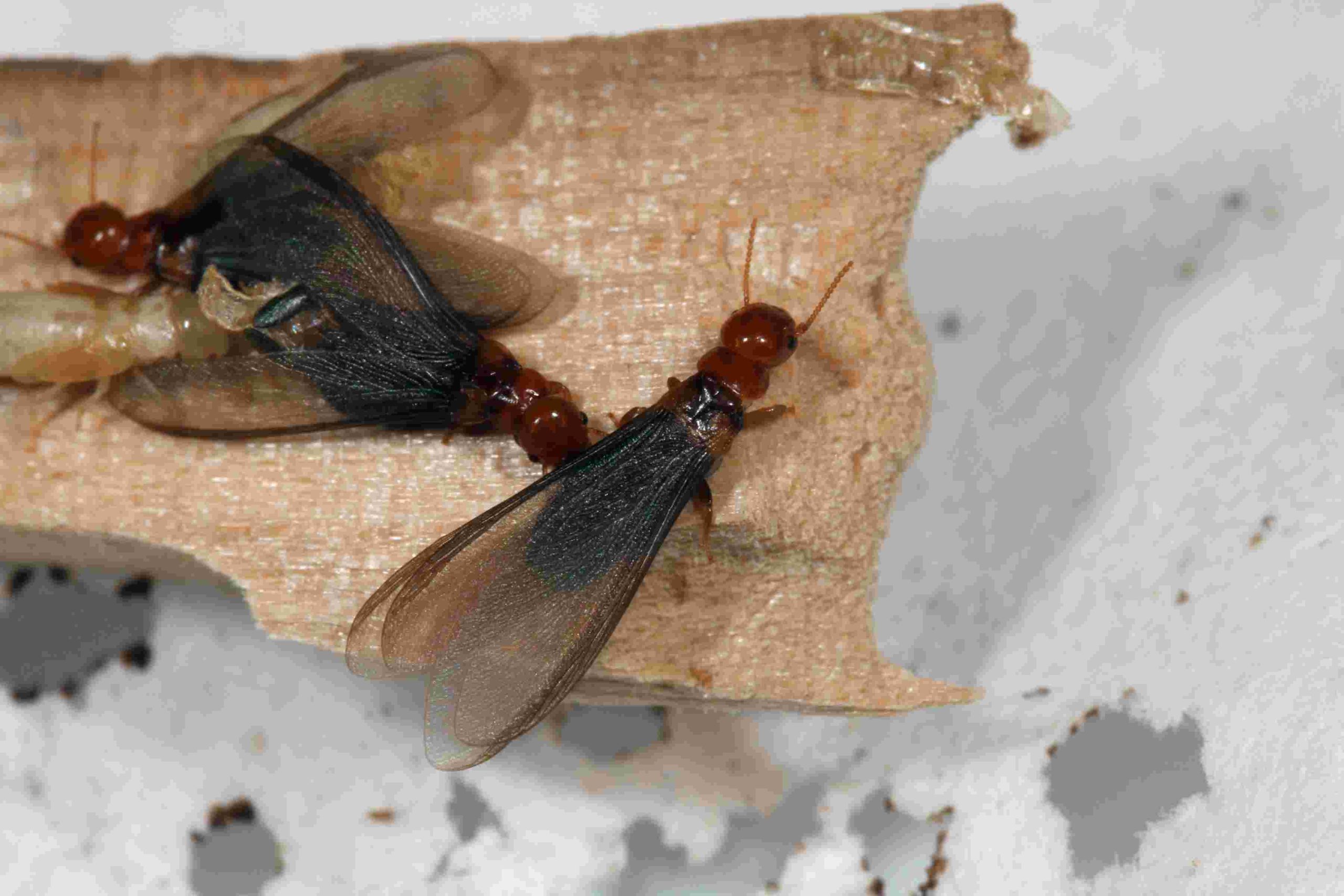In Brisbane, where termite activity can pose a significant threat to property structures, effective termite treatment is essential. Treating termites in Brisbane Implements advanced termite treatment systems not only addresses the immediate threat but also contributes to long-term convenience, operational efficiency, and an enhanced overall security strategy. This discussion explores how these systems play a crucial role in safeguarding properties in Brisbane.
- Convenience in Monitoring and Detection:
- Continuous Monitoring Systems:
– Advanced termite treatment systems often include continuous monitoring solutions. These systems use innovative technologies such as termite bait stations or electronic monitoring devices, allowing for ongoing surveillance without disrupting the property.
- Early Detection Capabilities:
– The convenience of early termite detection cannot be overstated. These systems provide property owners with timely alerts, enabling prompt action before termite colonies can cause significant damage. Early detection contributes to convenience by minimizing the need for extensive repairs.

- Reduced Intrusiveness:
– Unlike traditional termite treatments that may involve extensive drilling or disruption, advanced systems often offer non-intrusive methods. This reduces inconvenience for property occupants while effectively targeting termite colonies.
- Operational Efficiency in Treatment:
- Targeted Treatments:
– Advanced termite treatment systems utilize targeted approaches, focusing on specific termite colonies rather than applying broad treatments. This increases operational efficiency by minimizing the use of pesticides and reducing environmental impact.
- Baiting Systems:
– Baiting systems are a key component of advanced termite treatments. These systems strategically place termite bait stations around the property, attracting termites and mitigating colonies. This targeted approach enhances efficiency and minimizes the need for widespread chemical applications.
- Precision in Application:
– The use of modern technology allows for precise application of treatments. Whether it’s the placement of termite bait or the use of localized treatment methods, advanced systems ensure that treatments are applied with accuracy, improving overall operational efficiency.
Conclusion:
treating termites in brisbane goes beyond immediate eradication. Advanced termite treatment systems offer convenience through continuous monitoring, operational efficiency with targeted treatments, and contribute to an enhanced overall security strategy. These systems not only protect properties from existing termite threats but also provide long-term resilience against future infestations, allowing property owners in Brisbane to enjoy peace of mind and a secure living environment.



